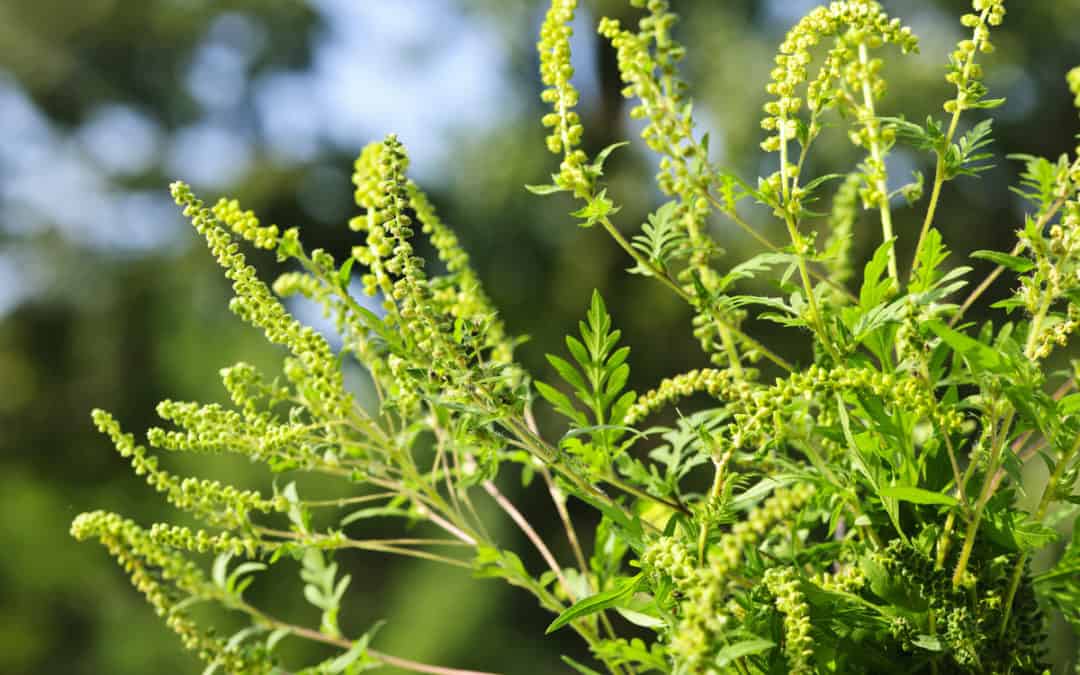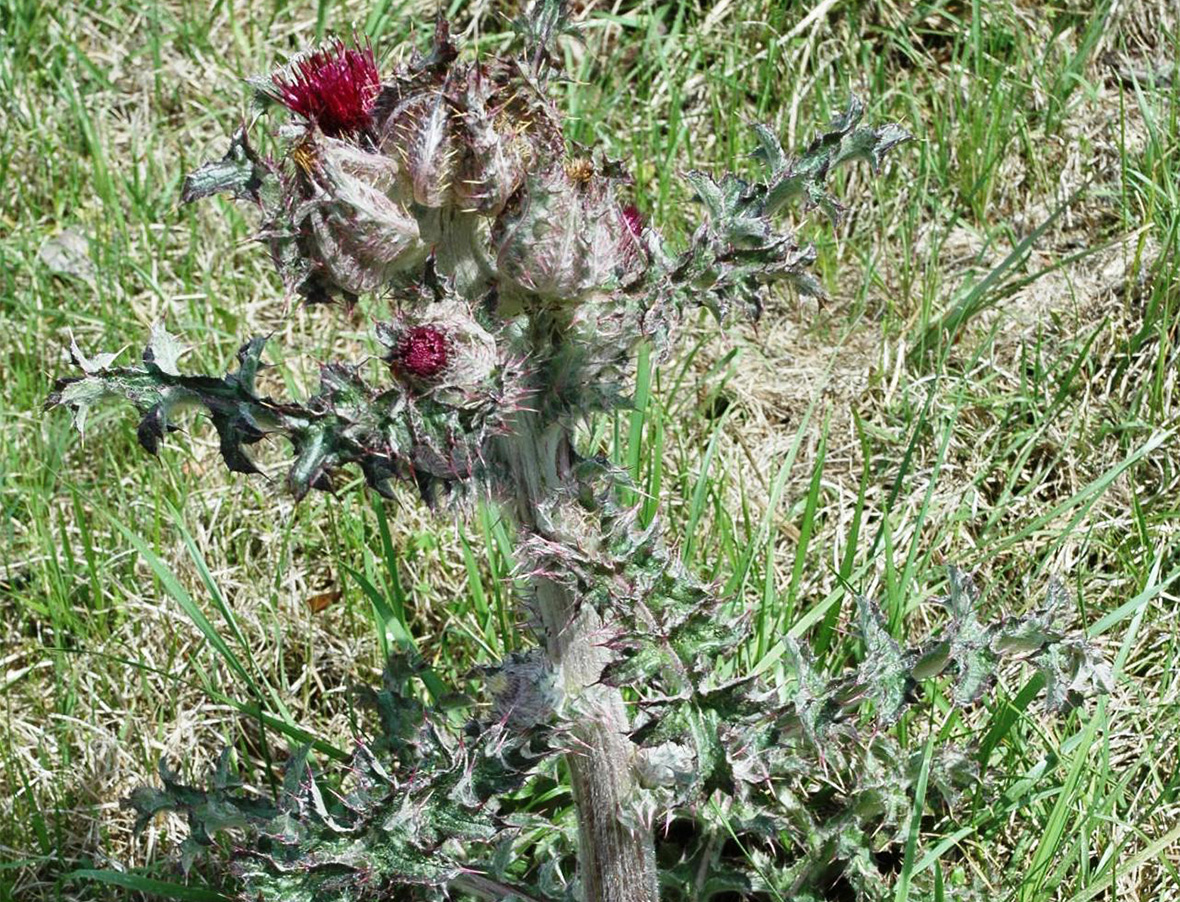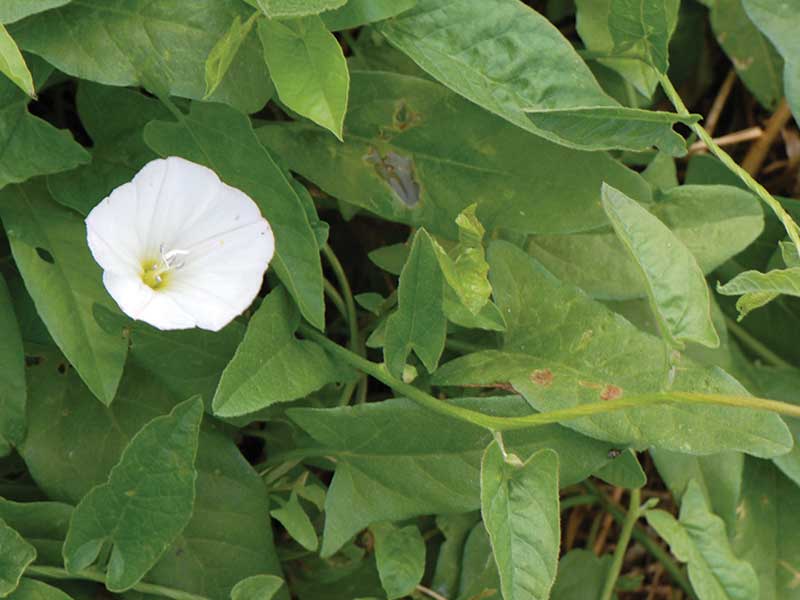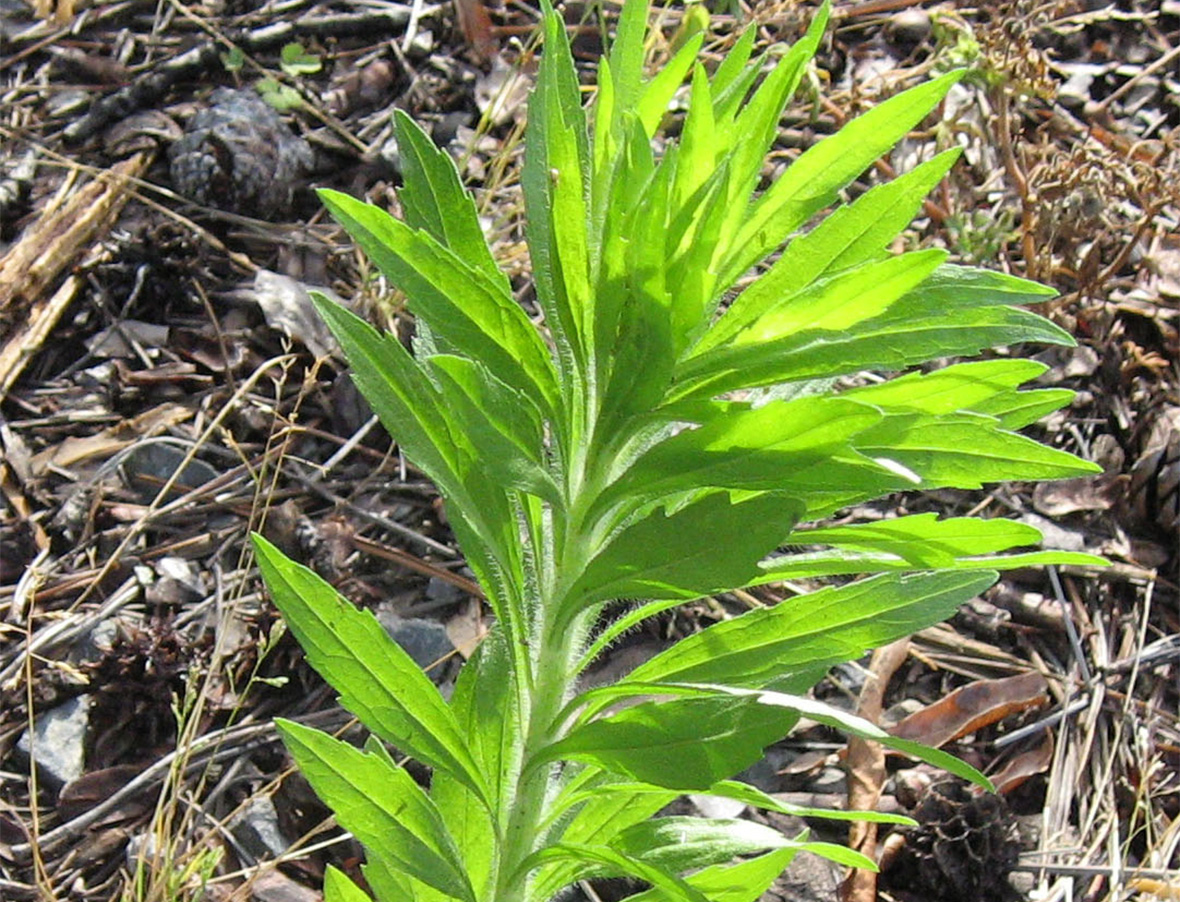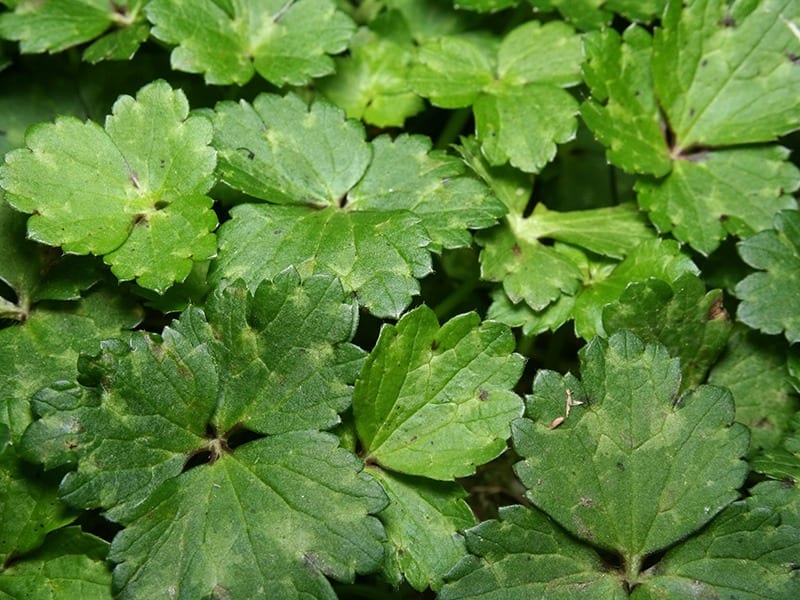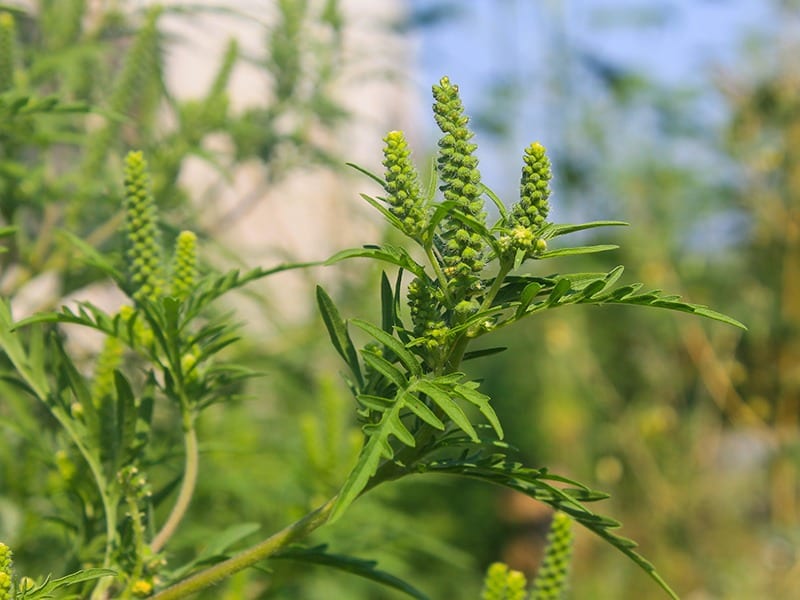All weeds are not created equal. Some are much tougher to control than others. For instance, most thistle species are difficult to control because they have deep roots. The same is true with bindweed. A single yank might get you a handful of bindweed, and maybe even some roots, but make no mistake: it will be back. And that pollen monster ragweed can be tough to control because the seeds germinate deep in the soil.
So where do you start?
Remember this: in your lawn, no one decides what’s a weed except you. And before you can control the ones you decide are weeds, you have to identify them. Here’s some help on a few of the toughest common weeds:
Bull Thistle
- Pink/magenta flowers
- Long, sharp spines
- Elongated stems with alternating leaves
- Annual and biennial
- Spreads by seeds
- Found throughout the U.S.
What's best to control it?
Courtesy of Dr. Lambert McCarty, Clemson University, Clemson, SC.
- Pink/magenta flowers
- Long, sharp spines
- Elongated stems with alternating leaves
- Annual and biennial
- Spreads by seeds
- Found throughout the U.S.
What's best to control it?
Yellow Thistle
- Flower color varies
- Spines on mature leaves
- Mature leaves have large toothed/cut lobes
- Winter annual; sometimes biannual
- Spread by seeds
- Found on the east coast from Maine to Florida to Texas
What's best to control it?
Courtesy of Dr. Lambert McCarty, Clemson University, Clemson, SC.
- Flower color varies
- Spines on mature leaves
- Mature leaves have large toothed/cut lobes
- Winter annual; sometimes biannual
- Spread by seeds
- Found on the east coast from Maine to Florida to Texas
What's best to control it?
Field Bindweed
- Flowers are white to pink funnel shaped
- Arrowhead-shaped leaves
- Extensive root system
- Summer perennial
- Spreads by seeds and rhizomes
- Found throughout the U.S.
What's best to control it?
Courtesy of Dr. Lambert McCarty, Clemson University, Clemson, SC.
- Flowers are white to pink funnel shaped
- Arrowhead-shaped leaves
- Extensive root system
- Summer perennial
- Spreads by seeds and rhizomes
- Found throughout the U.S.
What's best to control it?
Horseweed
- Pink to white flowers
- Stem is hairy
- Leaves are oblanceolate (“spearhead”) shaped, 3”–4” long
- Spreads by seed
- Annual
- Found throughout the U.S.
What's best to control it?
Courtesy of Dr. Lambert McCarty, Clemson University, Clemson, SC.
- Pink to white flowers
- Stem is hairy
- Leaves are oblanceolate (“spearhead”) shaped, 3”–4” long
- Spreads by seed
- Annual
- Found throughout the U.S.
What's best to control it?
Creeping Buttercup
- Flowers are yellow with five shiny petals
- Leaves are three-lobed (middle lobe has a stalked base)
- Roots at nodes along the stems
- Perennial
- Spreads by seed and runners
- Found throughout the northern U.S.
What's best to control it?
Courtesy of Dr. Lambert McCarty, Clemson University, Clemson, SC.
- Flowers are yellow with five shiny petals
- Leaves are three-lobed (middle lobe has a stalked base)
- Roots at nodes along the stems
- Perennial
- Spreads by seed and runners
- Found throughout the northern U.S.
What's best to control it?
Common Ragweed
- Green flowers in spikelike clusters; Male flowers in saucer-shaped heads
- Stems are hairy early, then become smooth
- Leaves are multiple leaflets with fern-like appearance
- Perennial
- Spreads by seed
- Found throughout the U.S.
What's best to control it?
Courtesy of Dr. Lambert McCarty, Clemson University, Clemson, SC.
- Green flowers in spikelike clusters; Male flowers in saucer-shaped heads
- Stems are hairy early, then become smooth
- Leaves are multiple leaflets with fern-like appearance
- Perennial
- Spreads by seed
- Found throughout the U.S.

